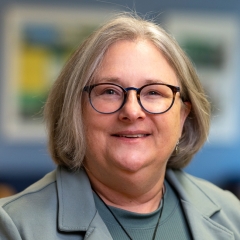The UPMC Center for Health Security and the Rad Resilient City Initiative commend the public health leaders of Ventura County, CA, and their partners on the launch of the jurisdiction’s pre-nuclear explosion public information campaign and on the thoughtful groundwork that went into it.
Ventura County, CA, Launches Nuclear Response Public Information Campaign
September 18, 2013—The UPMC Center for Health Security commend the public health leaders of Ventura County, CA, and their partners today on the launch of the jurisdiction’s pre-nuclear explosion public information campaign and on the thoughtful groundwork that went into it.
These authorities have rightly trusted in the maturity of county residents to handle the issue of nuclear incident preparedness. In a potential or actual public health crisis, the dangers of alarming people unnecessarily or having them not grasp the complexity of the matter are far less than most leaders imagine. A nuclear terrorist attack, while low in probability, is still possible given present day politics and technology, and people deserve to know the correct protective actions to take.
In the interest of public health, Ventura County is taking reasonable steps by providing its citizens with life-saving information. If prevention of nuclear terrorism fails, then reducing exposure to radioactive fallout is the intervention that can save the greatest number of lives following a nuclear detonation. In the aftermath of a nuclear explosion, promptly finding and staying in a robust shelter will reduce exposure and save lives. Acting on the instinct to flee the affected area will result in lives lost.
Through this campaign, and the opportunity for dialogue it provides, county residents will be empowered with the information to save their own lives. Pre-incident public education is a top priority because people cannot wait to be told what to do. Fallout is the most dangerous in the first few hours after detonation, and degraded communication will keep officials from warning people in the areas that most need the information.
We encourage the citizens of Ventura County, CA, to ask questions at the planned town hall meetings and become more informed. We also invite other jurisdictions interested in learning more about nuclear preparedness to visit the . There they will find 7 clear, actionable steps for communities to protect inhabitants from radioactive fallout, thus saving many tens of thousands of lives following a nuclear blast.

